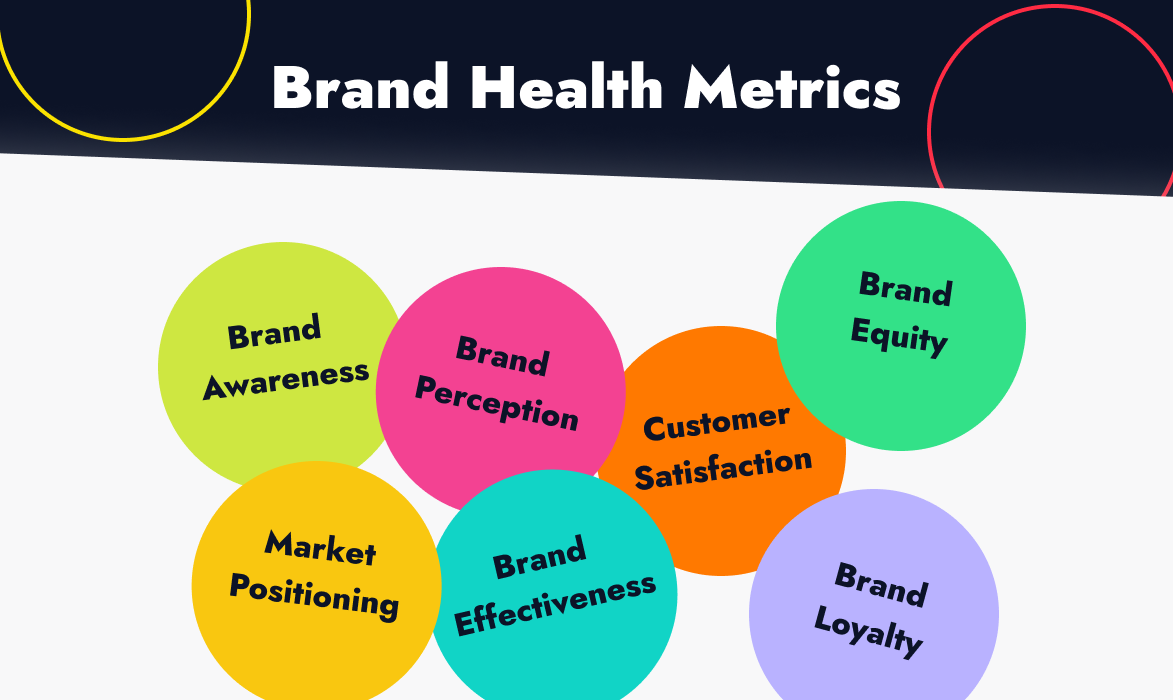At Fruto, we often work with clients who are considering rebranding, especially for digital products with well-established user bases. One of the biggest challenges our clients face is managing this transition without disrupting the user experience or alienating loyal users, particularly when the brand has been in the market for 10+ years.
Beyond the user experience, there are often technical challenges to consider—especially with legacy software that may not easily accommodate new branding changes. While addressing those technical complexities is a topic for another blog post, this post assumes the rebrand can be implemented without major backend constraints, focusing instead on managing the transition of user experience smoothly.
In this post, we'll explore a phased product rebranding approach that puts users at the centre of the process, ensuring a smooth and positive transition.
1. Phase the UI Rollout
Early access to the new branding (opt-in)
Offer users the option to switch to the new branding ahead of the full rollout. Include a notification or a settings toggle that says, "Try our new look! You can switch back at any time. This gives users control, allowing them to familiarise themselves with the new design at their own pace. It also helps you collect valuable feedback from those who opt-in early. Ensure the opt-in process is simple and allows users to toggle back to the previous version easily. Ensure this doesn't interrupt any ongoing tasks or workflows.
Ability to switch back to the previous version
After users try the new design, allow them to return to the previous version, if preferred, for a limited time. Include a quick survey when they switch back, asking why they chose to return to the old version (e.g., "We'd love your feedback! What didn't you like about the new look?"). This offers a safety net for users who feel disoriented by the changes, reducing frustration and maintaining engagement.
Preview mode for key features
For core areas of the UI, offer a "preview mode" where users can see the new branding on certain key features, such as dashboards or reports. Provide a pop-up message like, "Curious about our upcoming look? Preview it here!" This allows users to gradually experience the new design in small doses so they aren't overwhelmed by a full redesign all at once. When users are in preview mode, it allows them to compare the old and new designs easily and gather feedback on specific elements of the experience (e.g., clarity of new typography or button styles).
Gradual introduction of new elements
In a few cases, consider gradually introducing new branding elements, instead of changing everything at once. For instance, start by updating the logo, then move on to button styles, and then update the colour scheme. Users can adjust to each change one at a time. This prevents overwhelming users with too much change at once, allowing them to adapt more comfortably. Ensure that each new element is introduced with an explanation, such as a brief tooltip or message like, "We've refreshed our logo—same product, just a new look!"
Support and training
Provide a new section in the Help Center or FAQ titled "About Our New Brand" that answers common questions about the rebrand. You could also include a chatbot feature to answer questions like "Where is the old logo?" or "Why did we change colours?"
Offer tutorials or guided walkthroughs
When users first encounter the new UI, provide a brief tutorial or guided tour highlighting the changes. For example, "Welcome to our new look! Here's what's different: 1) Updated navigation, 2)The "Account settings now live here"... This helps users navigate the new branding without feeling lost or overwhelmed. Keep the tutorial optional but easily accessible for those who want help. Ensure the guided tour is concise and concise, focusing on the most impactful changes. You might also want to add reassuming messages such as "You'll notice a fresh look, but everything you love is still here."
2. Communicate early and transparently
Announce the rebrand well in advance
Inform users about the upcoming changes early on. Explain the reasons behind the rebranding, its benefits and how it reflects the company's vision or goals. This builds trust and avoids confusion. Use clear, user-focused language, and avoid jargon. Frame the changes as improvements that will enhance their experience, and ensure you highlight benefits like better accessibility and usability, modern design, or streamlined navigation.
Use multiple channels
To ensure a wide reach, share the announcement via your newsletters, in-app notifications, social media, and website.
Provide regular updates
Provide regular updates on the rebrand within the app, explaining what changes are happening and why. This could include messages like, "Next week, we'll update our colour palette to improve readability and consistency across the app." Keeping users informed reduces confusion and helps them understand that the changes are being made with their needs in mind.
Provide a timeline
Set expectations by offering a timeline for the rebrand rollout, including when users will start seeing changes on the website and other touchpoints. Inform users of a clear deadline for the old branding to be fully phased out. For instance, "Our new design will fully replace the old branding on [date]. You can still use the old design until then." This gives users time to adjust, and the deadline helps set expectations about when the change will be final. Send reminders as the deadline approaches, ensuring users are well-prepared. You might also provide incentives (e.g., access to new features) to encourage users to adopt the new branding early.
Celebrate the new brand
On the day of the rebrand, when users log into the product, greet them with a full-screen splash that says, "Welcome to our new look!" You could also highlight new features or improvements tied to the rebrand, making it feel like a larger product enhancement, not just a visual change.
Reassure users that they are in the right place
If you changed your brand's name, the new logo could appear with a note under it like "Previously known as [Old Brand Name]" during the transition. This helps users make the mental connection without confusion.
3. Get users' feedback
Show users mockups of the new design within the app's interface as a preview or teaser that allows them to provide feedback before the full rebrand. This could be presented as an option like, "Want to take a look at our upcoming new design? Click here to preview!"
Test the new product brand with users
Before launching the new branding across the board, you might release the updated branding to a small beta group. You could include a feedback button that says, "How do you like our new look? Let us know!"
Feedback channels built into the UI
Add a "Give Feedback" button that is accessible at all times during the transition period, allowing users to share their thoughts on the new branding. For example, if users notice that a colour combination is harder to read, they can instantly report it. You get real-time feedback and can make adjustments based on actual user input, helping to reduce friction and negative impacts on UX. Make feedback easy to provide and, if possible, follow up with users who submit suggestions to let them know their feedback has been acknowledged or implemented.
It's important to prepare for a range of user feedback when rolling out a complete UI rebrand. Typically, you'll receive reactions from both ends of the spectrum—some users will be excited about the fresh look, while others may be unhappy with the changes. This is normal, and the key is to focus on understanding the root of the negative feedback. Are users simply resistant to change, even if the new design offers better usability? Or are there actual usability issues in the new interface? It's crucial to differentiate between these reactions so you can address genuine concerns while helping users adjust to the new experience. Listening closely to user feedback can reveal valuable insights into areas where the rebrand can be fine-tuned to better meet their needs.
A successful UI rebrand goes beyond just aesthetics—it requires careful planning, user-centred decisions, and an openness to feedback to ensure that the new design not only looks better but works better for everyone.
How can we help?
If you need help navigating the complexities of a rebrand or managing technical constraints, we're here to support you. Arrange a call with our team at Fruto, and let’s discuss how we can make your rebrand a success.





